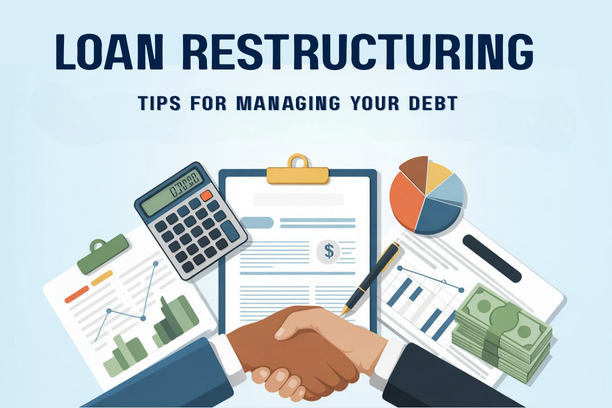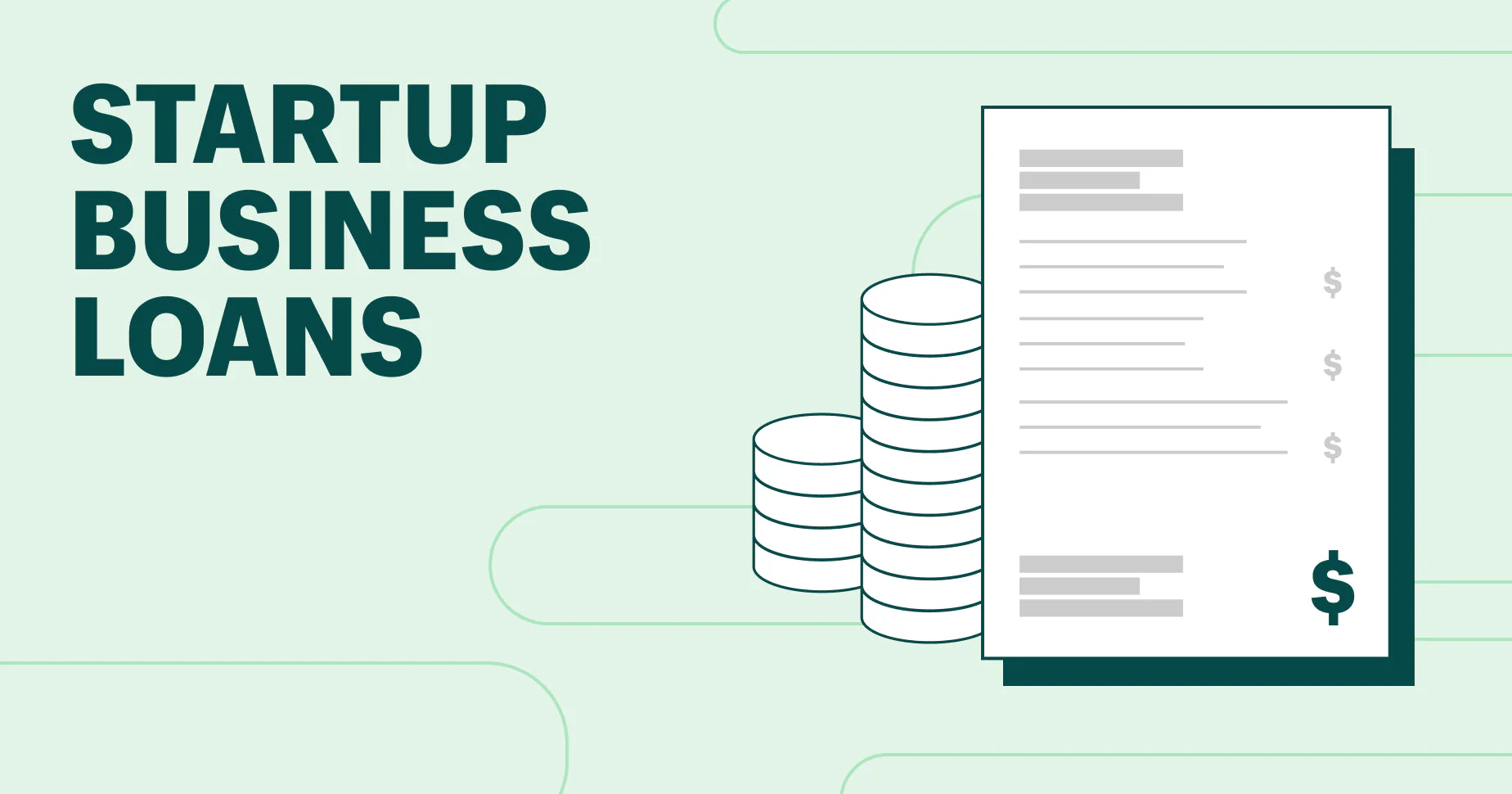Choosing the right home loan is one of the most significant financial decisions an individual or family will make. With numerous banks offering diverse products, comparing interest rates becomes paramount to securing the most favorable terms over the long repayment period. This comprehensive guide provides a detailed home loan interest rate comparison between Asia United Bank (AUB) and other major banks in the Philippines, as of mid-2025. By analyzing current trends, illustrating typical rate structures, and highlighting key factors influencing these rates, this comparison aims to empower prospective homeowners to make an informed choice that aligns with their financial goals.
Understanding Home Loan Interest Rates: Beyond the Headline Number
Before diving into the comparison, it’s crucial to grasp the nuances of home loan interest rates:
- Nominal Interest Rate: The stated percentage rate that the bank advertises.
- Effective Interest Rate (EIR): The true annual cost of borrowing, which takes into account compounding periods and all other associated charges (like processing fees, documentary stamp tax, mortgage redemption insurance, etc.) that increase the total cost. Always ask for the EIR for a holistic comparison.
- Fixed Rate Period: The initial period (e.g., 1, 3, 5, 10 years) during which the interest rate remains constant. This provides payment stability.
- Variable/Floating Rate: The rate that applies after the fixed-rate period, which adjusts periodically based on a benchmark (e.g., BSP policy rate plus a spread) and market conditions. This introduces payment uncertainty.
- Add-on Rate (for some loans): While more common in auto loans, sometimes consumer loans use add-on rates, where interest is computed on the original principal. Always clarify. Home loans generally use effective annual rates.
- Loan-to-Value (LTV) Ratio: The percentage of the property’s appraised value that the bank will finance. Higher LTVs (meaning lower down payment from borrower) might sometimes have slightly higher rates due to increased bank risk.
Factors Influencing Home Loan Interest Rates in the Philippines (2025)
Several macroeconomic and bank-specific factors collectively determine the interest rates offered by banks in 2025:

- Bangko Sentral ng Pilipinas (BSP) Policy Rates: The BSP’s monetary policy, particularly its overnight reverse repurchase (RRP) rate, is the primary driver. When BSP raises rates (to combat inflation), banks follow suit. When BSP lowers rates (to stimulate the economy), banks generally reduce lending rates.
- Inflation Outlook: High or rising inflation expectations often lead to higher interest rates as lenders seek to protect the real value of their returns.
- Economic Growth and Stability: A robust and stable economy can foster lower lending rates due to reduced perceived risk for banks.
- Global Interest Rate Movements: Actions by major central banks (e.g., US Federal Reserve) can influence capital flows and investor sentiment, indirectly affecting Philippine interest rates.
- Bank’s Cost of Funds: The cost at which banks acquire deposits and other funds impacts how much they need to charge borrowers to make a profit.
- Interbank Competition: Intense competition among local banks for market share can drive down interest rates.
- Borrower’s Credit Profile: An individual borrower’s credit score, income stability, and debt-to-income ratio significantly influence the specific rate they are offered. A strong profile often secures lower rates.
- Promotional Campaigns: Banks frequently offer special, lower rates for a limited time to attract new clients or push specific loan products.
Home Loan Interest Rate Comparison: AUB vs. Major Philippine Banks (Indicative 2025 Rates)
This comparison table provides indicative interest rates for home loans from AUB and several other major commercial banks in the Philippines.
Disclaimer: These rates are indicative approximations as of mid-2025 based on general market observations and trends. Actual rates offered by each bank are highly dynamic and depend on various factors, including the specific loan product, borrower’s credit profile, LTV, prevailing market conditions at the time of application, and any ongoing bank promotions. It is imperative to directly contact each bank for a personalized, official quotation valid at the time of your application.
Analysis of the Comparison Table
- AUB’s Position: AUB demonstrates competitive rates, particularly in the shorter to medium-term fixed categories (1-year and 3-year). This makes them an attractive option for borrowers who prefer to re-price their loans more frequently or for those who specifically fall under AUB’s target segments like OFWs/seafarers, where they might offer specialized products or slightly better terms.
- Chinabank’s Competitiveness: Chinabank consistently appears to offer some of the lowest indicative rates across various fixed terms, making them a strong contender for rate-sensitive borrowers.
- Consistency Among Major Banks: While variations exist, major banks like BDO, BPI, Metrobank, Security Bank, and RCBC tend to hover within a similar range for their standard rates. The differences are often marginal (0.10% to 0.25%).
- Impact of Fixed Term: As expected, longer fixed-rate periods generally come with higher interest rates. This is because banks factor in the increased risk of market fluctuations over a longer commitment period.
- The “Fine Print”: The advertised nominal rates are just one part of the equation. Factors like processing fees, appraisal fees, mortgage redemption insurance (MRI) premiums, and documentary stamp tax (DST) can significantly affect the Effective Interest Rate (EIR). Always factor these into your comparison.
Beyond Interest Rates: Other Crucial Comparison Points
While interest rates are a primary concern, a holistic comparison should also consider:

- Processing Speed: How quickly does the bank approve and release loans? Security Bank and AUB are sometimes noted for relatively efficient processing.
- Loanable Amount (LTV): What is the maximum percentage of the property’s value the bank will finance? Most range from 70% to 90%.
- Loan Terms: What are the minimum and maximum repayment periods? Most offer up to 20 or 25 years.
- Eligibility Requirements: Are the income and employment criteria manageable for your profile? Some banks are more stringent than others.
- Customer Service and Accessibility: How responsive and helpful are the bank’s loan officers? How accessible are their branches or online platforms?
- Repayment Flexibility: Do they offer flexible repayment options, like accelerating payments without penalty?
- Lock-in Period and Pre-termination Fees: Understand any penalties for pre-terminating your loan before its fixed-rate period ends.
How to Conduct Your Own Comparison for the Best Deal
- Self-Assess Your Financial Profile: Know your credit score, stable income, and realistic down payment. This dictates what rates you might actually qualify for.
- Contact Multiple Banks: Do not rely solely on advertised rates. Directly contact AUB and at least 2-3 other major banks (e.g., BDO, BPI, Metrobank, Chinabank) for a personalized, official quotation based on your specific loan amount, term, and property.
- Request the Effective Interest Rate (EIR): This is crucial. It gives you the true annual cost, allowing for an apples-to-apples comparison.
- List All Fees: Get a clear breakdown of all charges beyond interest, including:
- Processing fee
- Appraisal fee
- Documentary Stamp Tax (DST)
- Notarial fee
- Registration fees (mortgage registration with Register of Deeds)
- Mortgage Redemption Insurance (MRI) premium
- Fire/Property Insurance premium
- Negotiate: If you receive a better offer from one bank, present it to your preferred bank (e.g., AUB) and politely inquire if they can match or beat it.
- Read the Fine Print: Thoroughly understand all terms and conditions, especially regarding rate adjustments after the fixed period, penalties, and payment schedules.
Conclusion
Navigating the landscape of home loan interest rates in the Philippines requires diligence and a comprehensive approach. This home loan interest rate comparison between AUB and other major banks in the Philippines highlights that while rates are competitive across the board in mid-2025, subtle differences can lead to significant savings over the life of a loan. AUB offers compelling options, particularly for certain borrower segments. However, the ultimate best deal will depend on your unique financial profile, the specific loan product, and your willingness to compare not just nominal rates but also effective rates and all associated fees. By empowering yourself with knowledge and conducting thorough due diligence, you can confidently secure the ideal home loan to turn your homeownership dreams into a tangible reality.













